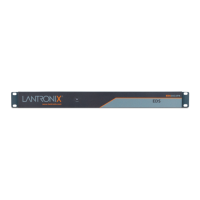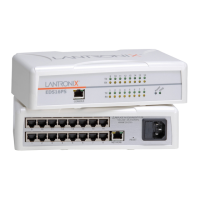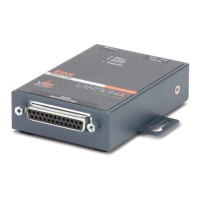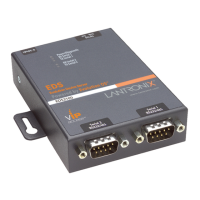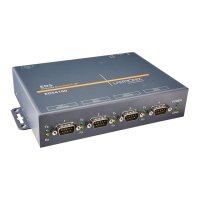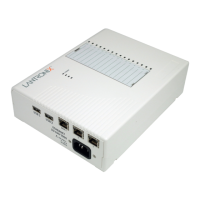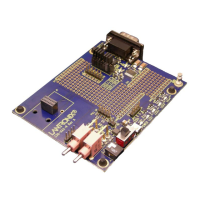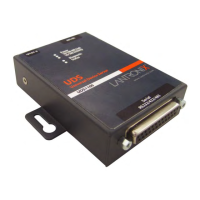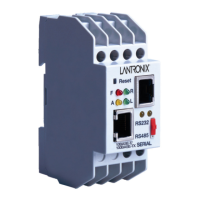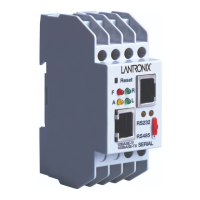2: Introduction
EDS Device Servers User Guide 19
medical staff members to easily monitor and control equipment over the network, whether
it is located at the point of care, in a laboratory, or somewhere else in the building, all
resulting in improved quality of service and reduced operational costs.
Retail Automation/Point-of-Sale
Having the right solution in the store to manage deliveries, track orders, and keep pricing
current are all improvements that the EDS can offer to make retail operations more
successful. From big to small, one store to thousands of outlets, the EDS can empower
point-of-sale (POS) devices to share information across the network effectively.
With the EDS, retailers can increase and streamline productivity quickly and easily by
network-enabling serial devices like card swipe readers, bar-code scanners, scales, cash
registers, and receipt printers.
Terminal Server/Console Management
Remote offices can have routers, PBXs, servers and other networking equipment that
require remote management from the corporate facility. The EDS easily attaches to the
serial ports on a server, Private Branch Exchange (PBX), or other networking equipment
to deliver central, remote monitoring and management capability.
With the menu system on the EDS, connections to the console ports of the attached
devices as well as Ethernet hosts, such as Unix servers or another EDS, can easily be
picked from a user-defined menu. This allows console ports across multiple networks to
be accessed from one EDS.
Traffic Management
With the ubiquity of Ethernet networks, managing cities over Ethernet is now within
reach. The EDS provides an easy conversion from serial ports on traffic cameras,
billboards, and traffic lights to Ethernet. The EDS obviates the need for long-haul
modems and enables the management of traffic equipment over the network.
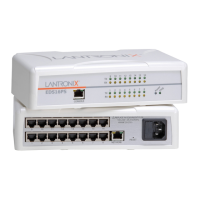
